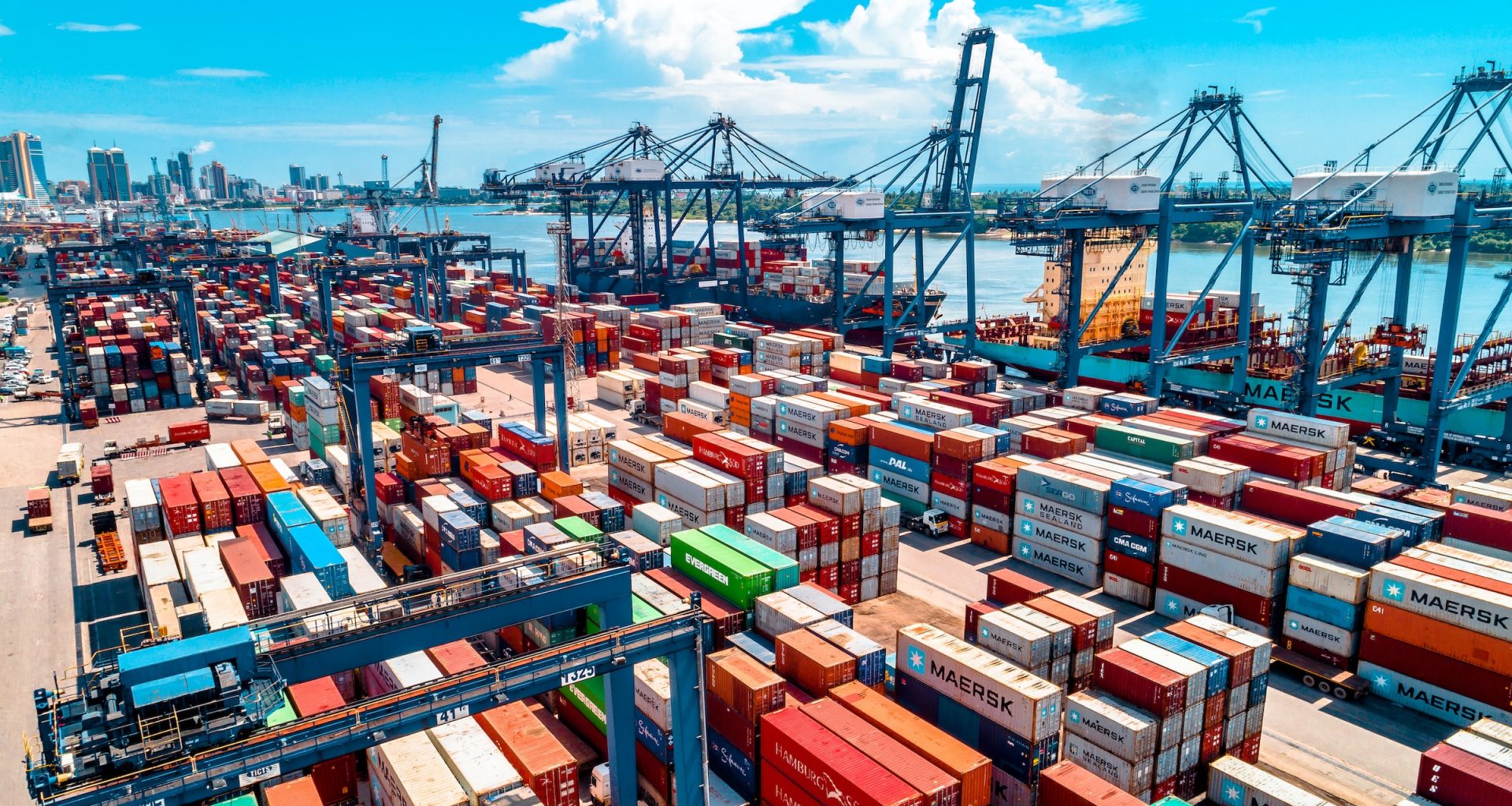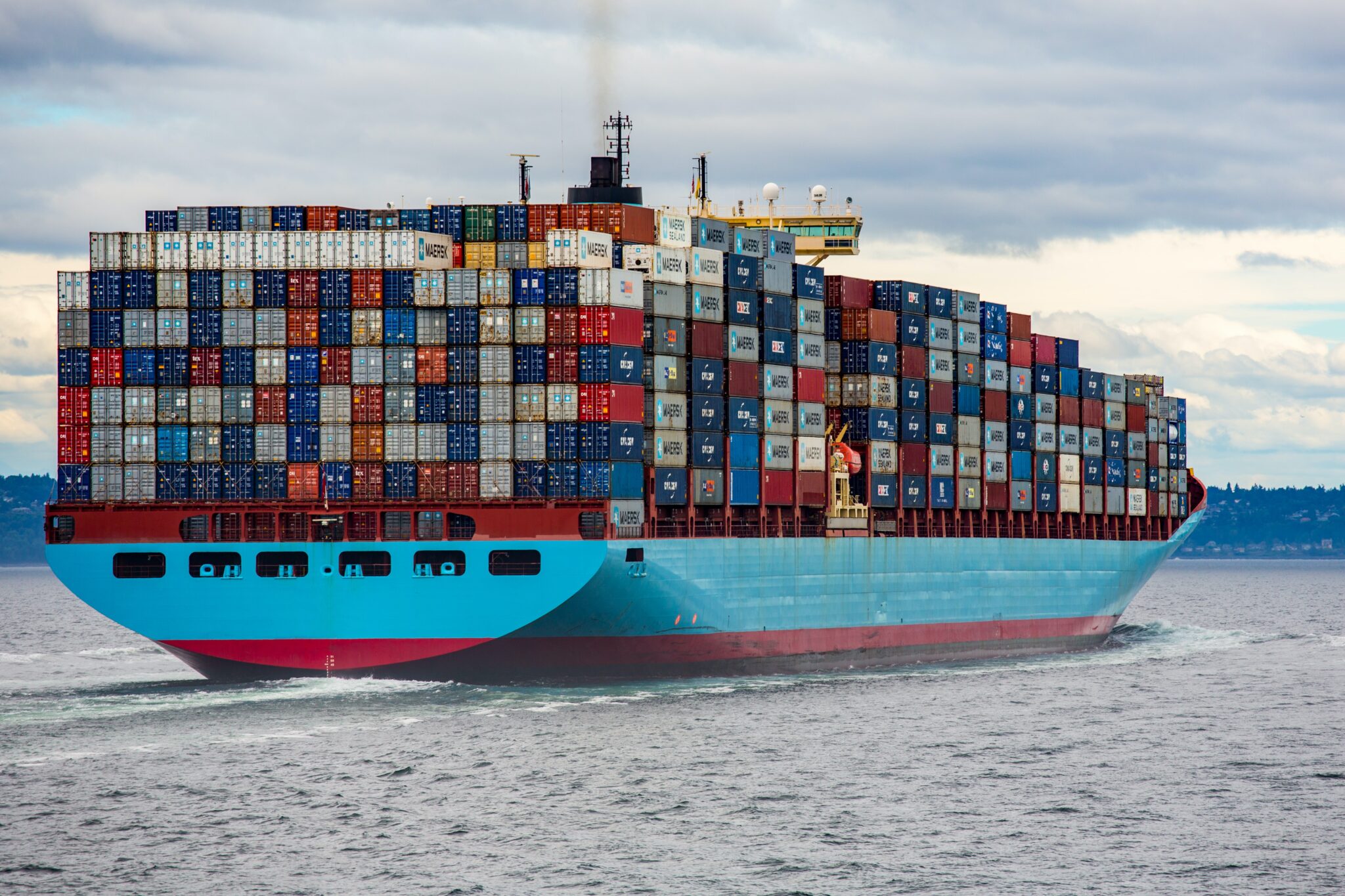Since its inception in 1956 by Malcolm McLean, the shipping container transformed logistics and drove international commerce forward. We’ll delve into its historical significance, economic influence, cultural shifts, and environmental considerations. The shipping container facilitated streamlined supply chains, expanded the globalization of manufacturing, and thus fueled consumer-driven societies.
History of the shipping container
The invention of the shipping container stands as a monumental turning point in the history of global trade and transportation.
It was in the mid-20th century, specifically in the year 1956, that an American entrepreneur by the name of Malcolm McLean revolutionized the way goods were transported across the world.
Recognizing the inefficiencies and time-consuming nature of traditional cargo handling, McLean introduced the concept of standardized containers that could be easily loaded onto ships, trucks, and trains without the need for constant unpacking and repacking of goods.
This innovative idea gave birth to the modern shipping container, forever altering the landscape of international commerce.
Economic Impact
The impact of the shipping container on the global economy cannot be overstated.
Prior to its invention, cargo handling was a labor-intensive and costly process, with goods being individually loaded and unloaded by dockworkers.
In some cases, this continues to be the case but the introduction of the container system streamlined this process significantly, dramatically reducing labor requirements and speeding up the movement of goods.
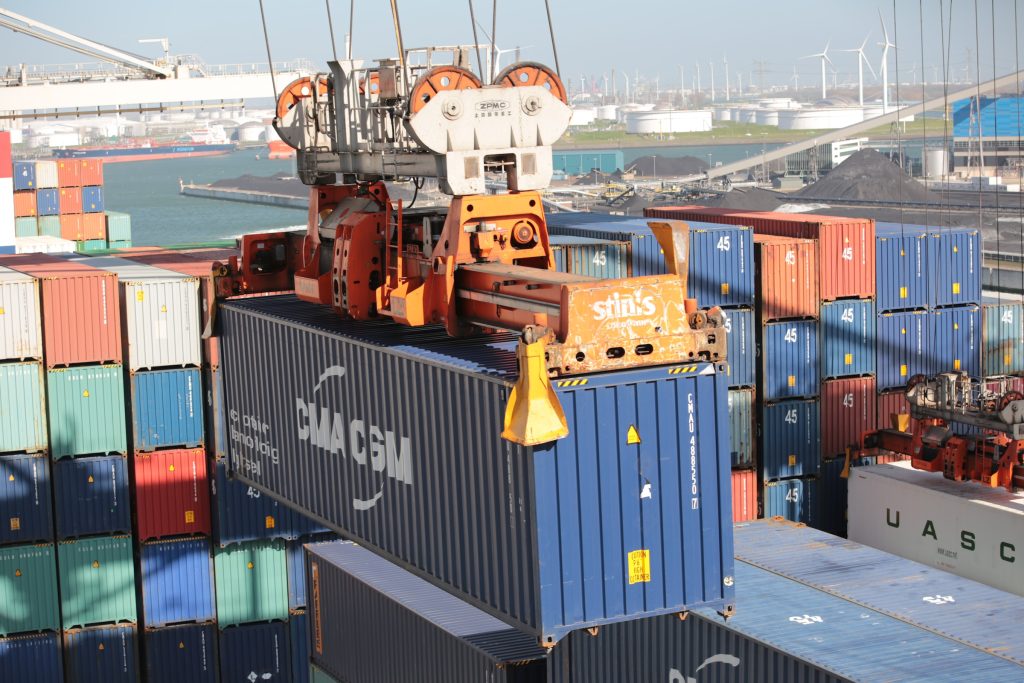
By standardizing container sizes and facilitating intermodal transportation, the shipping container facilitated the efficient transfer of goods between different modes of transport, making global trade faster, more reliable, and more cost-effective.
The widespread adoption of containerization led to a remarkable increase in global trade volumes while reducing the time and cost associated with shipping goods internationally. This is turn allowed companies to expand their markets and reach consumers in distant corners of the world.
Moreover, the containerization of shipping played a vital role in the globalization of manufacturing, allowing companies to take advantage of lower production costs in different regions and facilitating the outsourcing of production processes.
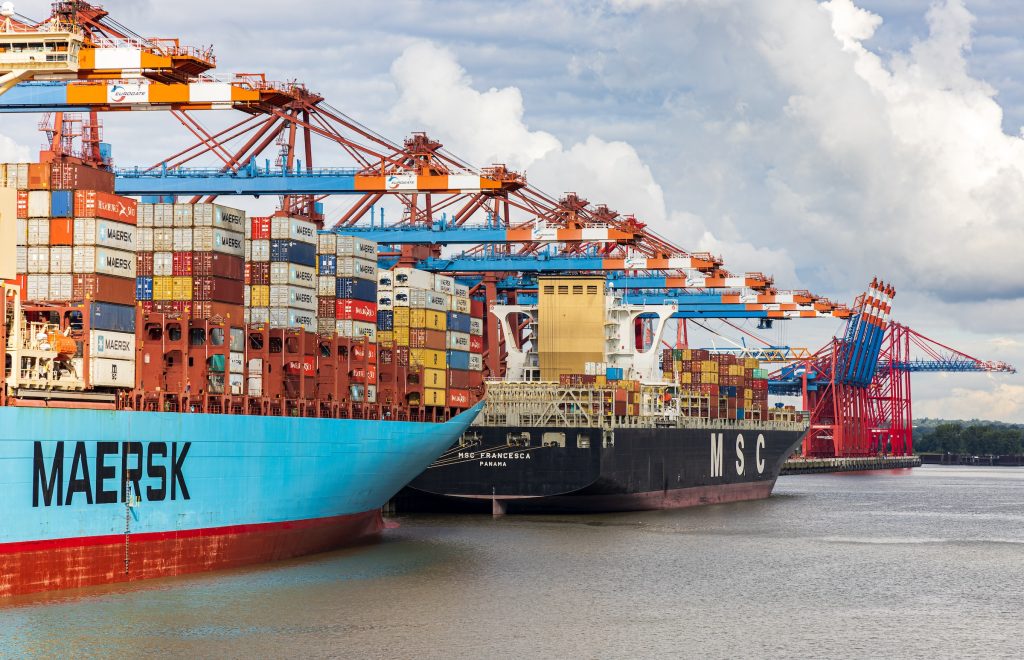
Environmental implications
On one hand, the container system has made significant contributions to reducing energy consumption and lowering carbon emissions – particularly in maritime transportation and logistics.
By standardizing container sizes, optimizing loading processes, and minimizing the need for repacking, the container system enhanced efficiency, reducing the overall energy and cost required to move goods across different modes of transport.
This streamlined approach has led to fewer trucks on the road, increased capacity utilization of ships and trains, and improved fuel efficiency, which led to a lower carbon footprint associated with transportation.
On the other hand, the growth of global trade facilitated by shipping containers has led to increased demand for natural resources and the transportation of goods over long distances.
As international trade expands, so does the need for raw materials and resources, which can lead to environmental consequences such as pollution, deforestation, habitat destruction, and increased extraction activities.
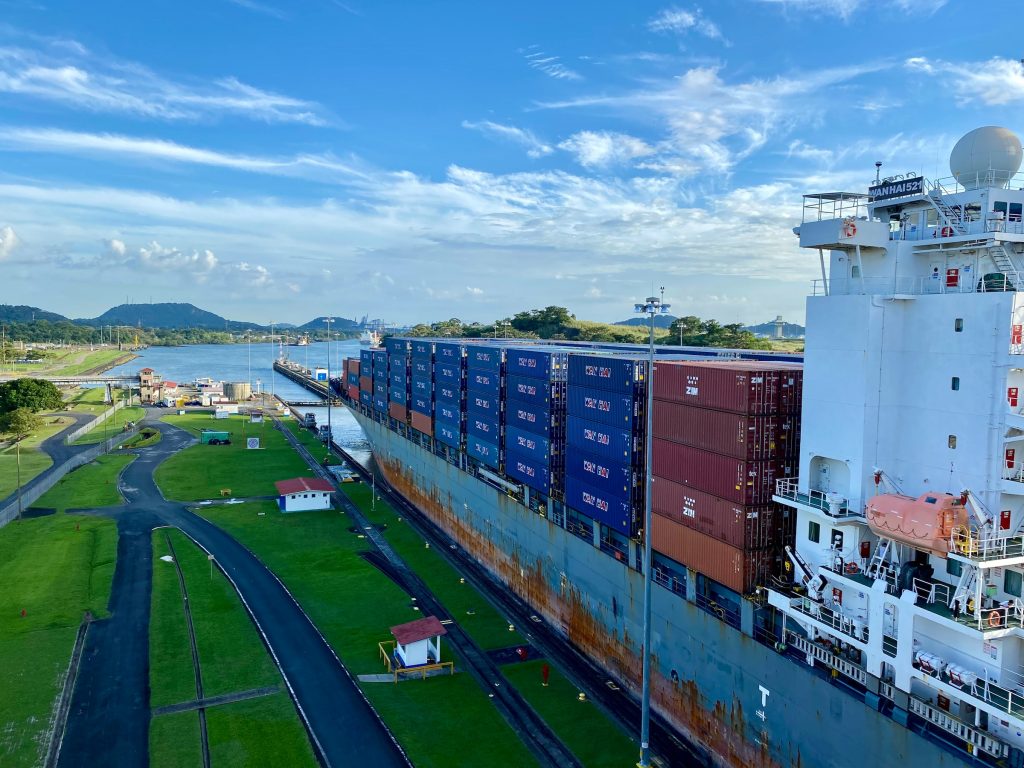
For instance, the transportation of goods over long distances means long shipping routes which contribute to carbon emissions. The use of fossil fuels for powering ships and other transportation modes, as well as the emissions generated during port operations and container handling, directly contributes to greenhouse gas emissions and air pollution.
What can be done? Well, efforts are being made to enhance sustainability in the industry through initiatives such as the development of cleaner and more energy-efficient vessels, the promotion of alternative fuels, the optimization of transport routes, and the implementation of green port practices. In addition to that, innovation in container and ship design reduces the environmental impact improve resource efficiency.
Overall, the container system has brought about significant environmental benefits through increased efficiency and reduced waste and currently the focus lies on an environmentally responsible shipping industry.
Summary
The invention of the shipping container revolutionized the world of trade and maritime transportation. Its introduction streamlined the global movement of goods, leading to increased efficiency, reduced costs, and significant growth in international trade.
As we look to the future, containerization will continue to play a central role in shaping the interconnected world of commerce and globalization.




